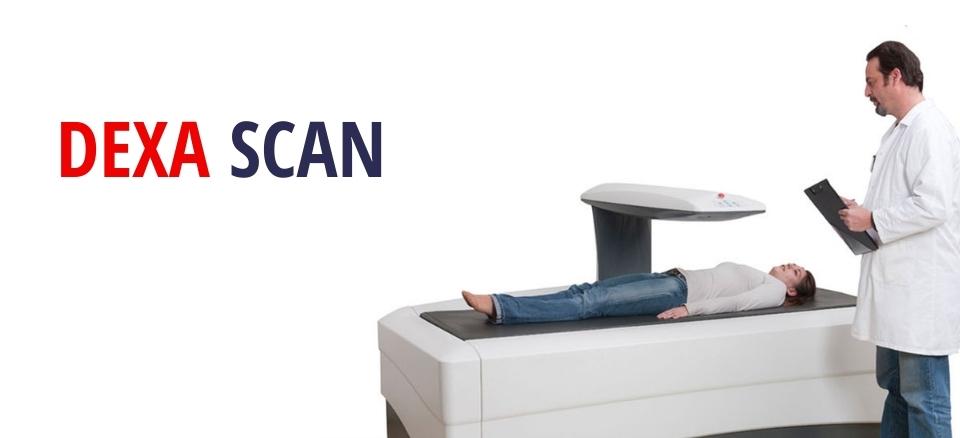In the realm of medical imaging, various technologies are used to diagnose and monitor a wide range of conditions. Two commonly utilized scans are the Dexa scan and the CT scan. If you’re searching for “CT scan near me” or trying to understand the benefits of a Dexa scan, this article will help clarify the purposes, procedures, and differences between these essential diagnostic tools.
What is a Dexa Scan?
Dual-Energy X-Ray Absorptiometry (Dexa) Scan is a specialized imaging technique primarily used to assess bone mineral density (BMD). It is a crucial tool in diagnosing and monitoring osteoporosis and other conditions that cause bone loss.
Purpose of a Dexa Scan:
Bone Health Assessment: The primary purpose of a Dexa scan is to measure bone density and diagnose osteoporosis.
Fracture Risk Prediction: By evaluating bone strength, Dexa scans help predict the risk of fractures.
Monitoring Bone Changes: Dexa scans are used to monitor changes in bone density over time, especially in patients undergoing treatment for osteoporosis.
Procedure:
Non-Invasive and Quick: The Dexa scan is a non-invasive procedure that typically takes about 10 to 20 minutes.
Low Radiation Exposure: It uses low levels of X-ray radiation to capture images of the spine, hip, and sometimes the forearm.
Preparation: Minimal preparation is required. Patients are usually advised to avoid calcium supplements for at least 24 hours before the scan.
When to Get a Dexa Scan:
Postmenopausal Women: Women who have gone through menopause are at higher risk for osteoporosis and are often recommended to get a Dexa scan.
Men Over 50: Men aged 50 and above who have risk factors for osteoporosis may also benefit from this scan.
People with Specific Conditions: Those with conditions such as rheumatoid arthritis, chronic kidney disease, or a history of fractures may need regular Dexa scans.
What is a CT Scan?
Computed Tomography (CT) Scan is a versatile imaging tool that combines X-ray images taken from different angles to create cross-sectional views of bones, blood vessels, and soft tissues inside the body.
Purpose of a CT Scan:
Diagnosing Diseases: CT scans are used to diagnose a variety of conditions, including cancers, cardiovascular diseases, and infections.
Guiding Treatments: They help guide surgical procedures and radiation therapy.
Monitoring Conditions: CT scans monitor the progression of diseases such as cancer.
Procedure:
Detailed Imaging: A CT scan involves lying on a table that slides into a large, circular machine. The scanner rotates around the body, capturing detailed images.
Contrast Material: Sometimes, a contrast dye is used to enhance the visibility of certain tissues or blood vessels.
Preparation: Preparation for a CT scan can vary. If contrast dye is used, patients may need to fast for a few hours prior to the scan.
Finding a CT Scan Near Me:
Healthcare Providers: Primary care doctors or specialists can refer patients to imaging centers.
Online Directories: Websites and online directories can help locate imaging centers that offer CT scans in your area.
Insurance Network: Checking with your health insurance provider can ensure the imaging center is within your network, which can help manage costs.
Key Differences Between Dexa Scan and CT Scan
Purpose and Usage:
Dexa Scan: Specifically measures bone density to assess osteoporosis and fracture risk.
CT Scan: Provides detailed cross-sectional images for diagnosing and monitoring a wide range of conditions, including cancers and internal injuries.
Radiation Exposure:
Dexa Scan: Involves low levels of radiation exposure, making it safe for repeated use in monitoring bone health.
CT Scan: Generally involves higher radiation exposure compared to Dexa scans, especially when multiple scans are required.
Duration and Procedure:
Dexa Scan: Quick and non-invasive, typically completed in under 20 minutes.
CT Scan: More complex and can take longer, especially if contrast material is used.
Accessibility:
Dexa Scan: Often available in clinics specializing in bone health and larger medical centers.
CT Scan: Widely available in hospitals, specialized imaging centers, and some larger clinics.
Conclusion
Both Dexa scans and CT scans are vital diagnostic tools, each serving unique purposes in medical imaging. If you’re concerned about bone health, a Dexa scan is essential for assessing bone density and fracture risk. On the other hand, if you need detailed imaging for a broader range of health issues, searching for a “CT scan near me” can help you find the necessary resources to diagnose and monitor various conditions. Understanding the differences and purposes of these scans can empower you to make informed decisions about your healthcare.
